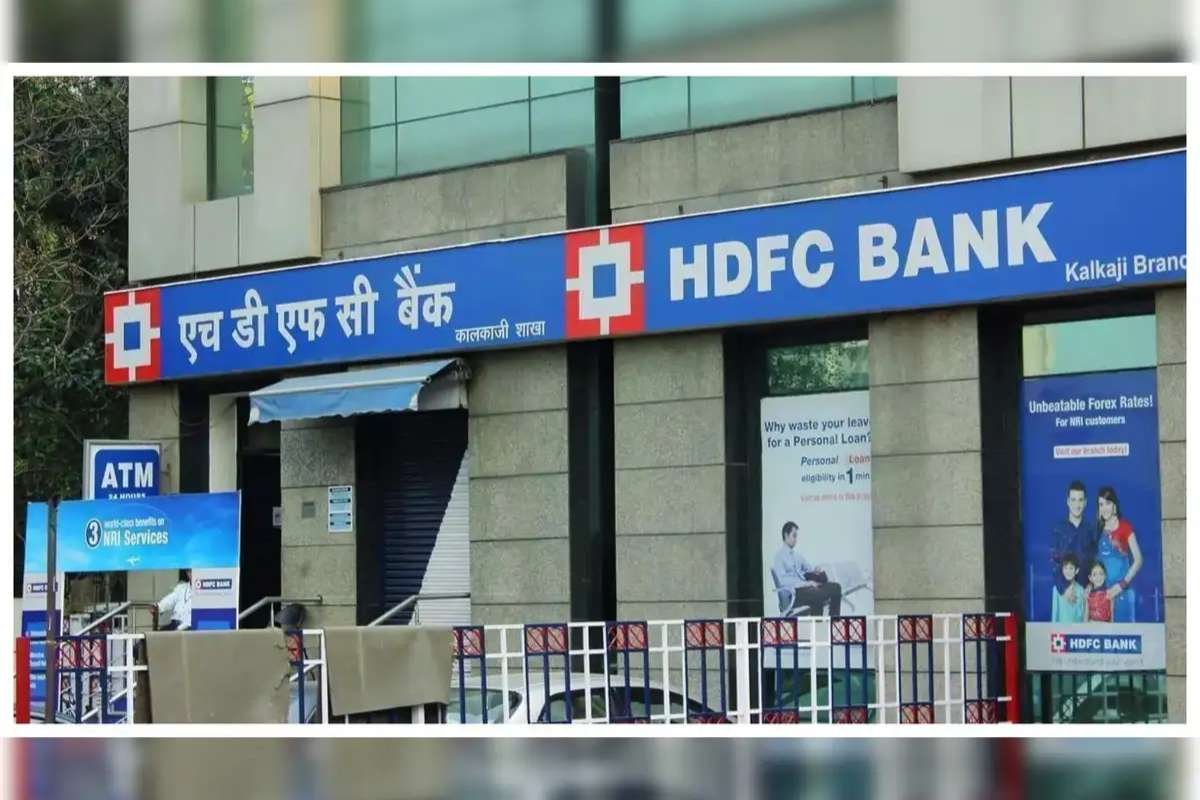HDFC Bank will turn ex-bonus on Tuesday, following its board’s decision to reward shareholders with a 1:1 bonus issue, granting one additional share for every share held. The move places India’s largest private sector lender among several blue-chip companies that have carried out bonus issuances this year, including Nestle India, Bajaj Finance, Ashok Leyland, and Samvardhana Motherson International.
The stock settled at ₹1,964.50 on Monday at the Bombay Stock Exchange (BSE). However, when trading resumes, its price will automatically adjust in line with the bonus. On some trading platforms, this may appear as a steep 50 percent decline, but market experts stress that investors have no cause for alarm. The optical fall is offset by the doubling of shareholding, ensuring there is no dilution of value.
Why Bonus Shares Look Like a Price Crash
Bonus shares are issued free of cost, drawn from a company’s accumulated reserves or surplus. With the 1:1 bonus, every HDFC Bank shareholder will now own twice the number of shares, each carrying the same face value as before.
This adjustment explains why stock prices appear to halve post-bonus. A similar instance occurred earlier this year with Ashok Leyland, whose shares dropped from ₹250.85 to ₹125.70 the day after its ex-bonus date. On paper, this looked like a crash, but in reality, shareholder wealth remained unchanged because the number of shares doubled.
Another example is Bajaj Finance, which recently combined a stock split with a bonus issue. Its shares were split 1:2 while also offering a 4:1 bonus, illustrating how corporate actions can reshape stock prices without impacting the overall value of investors’ holdings. Nestle India too carried out a similar bonus this year, rewarding shareholders and enhancing liquidity.
The mechanics are straightforward: bonus issues increase the number of outstanding shares, reduce the company’s free reserves, and lower earnings per share (EPS). The stock price then adjusts downward, but investor wealth remains the same since holdings multiply proportionally.
Bonus Shares vs. Stock Splits: Key Difference
While both bonus issues and stock splits may look similar on the surface, they differ in purpose and impact.
A bonus issue rewards shareholders with free additional shares funded out of accumulated earnings. The face value of each share remains unchanged, and importantly, dividend entitlement does not reduce. Investors simply gain more shares for the same investment.
A stock split, on the other hand, divides existing shares into smaller units to increase liquidity. For example, in a 1:5 stock split, each share is divided into five, lowering the face value and reducing dividend entitlement proportionally. While both measures make shares appear more affordable, bonus issues tend to be seen as a reward for long-term investors, whereas splits primarily serve liquidity needs.
Strong Fundamentals Support HDFC Bank
Despite the technical adjustment in share price, analysts remain optimistic about HDFC Bank’s fundamentals. Last week, S&P Global Ratings reaffirmed its positive outlook, citing the bank’s solid market position, strong capitalization, and low credit costs. The agency added that the bank’s governance framework and experienced management team are expected to underpin above-average financial performance over the next two years.
With its bonus issue, HDFC Bank joins a growing list of prominent firms, including Container Corporation of India, Motherson Sumi Wiring, Anand Rathi Wealth, Indraprastha Gas, and Garware Technical Fibres that have opted for bonus shares in 2025. These moves underline a broader trend of companies rewarding shareholders while also broadening participation in their stock.
Visit Business Viewpoint Magazine for the most recent information.






